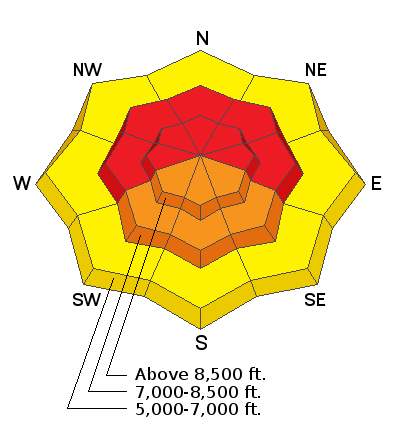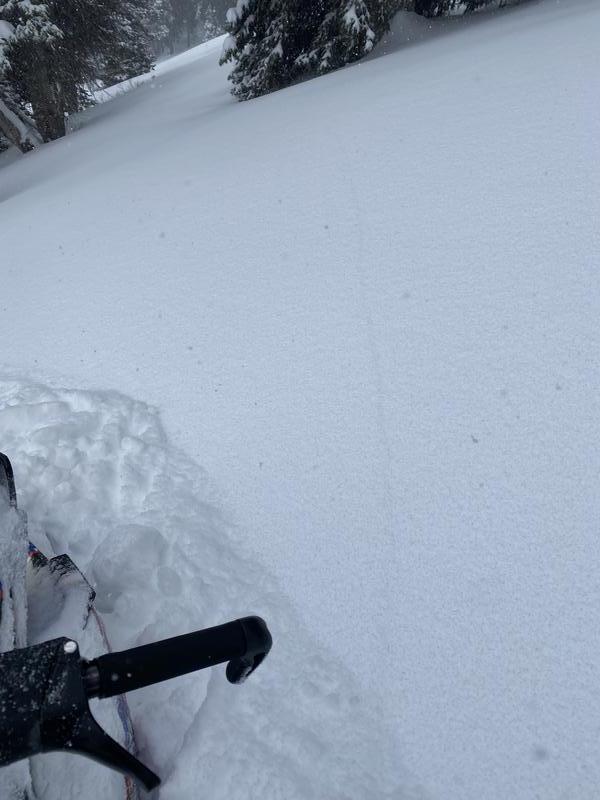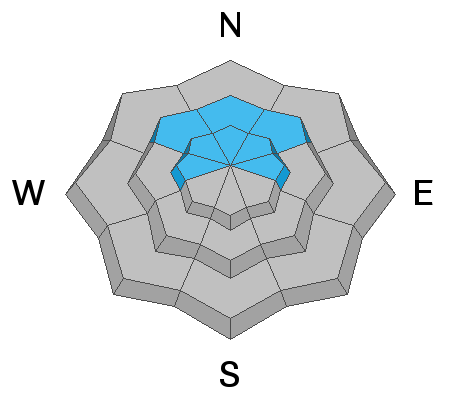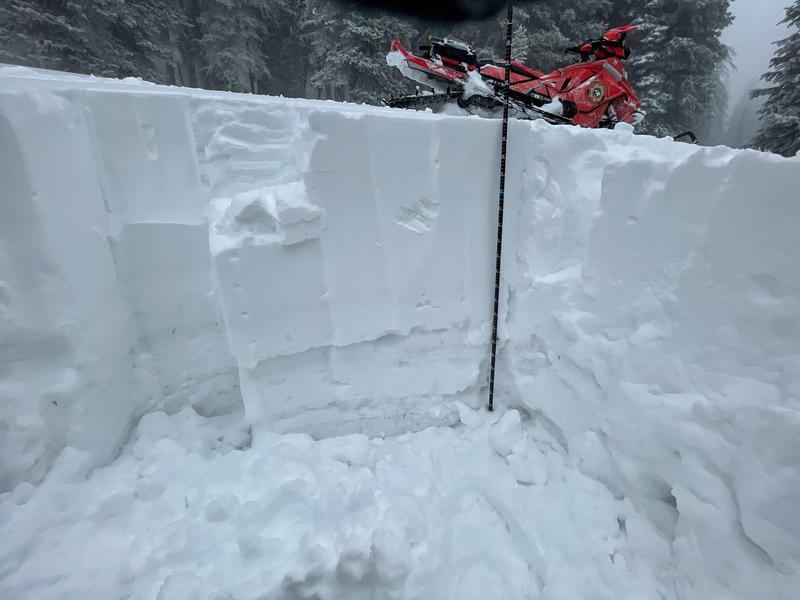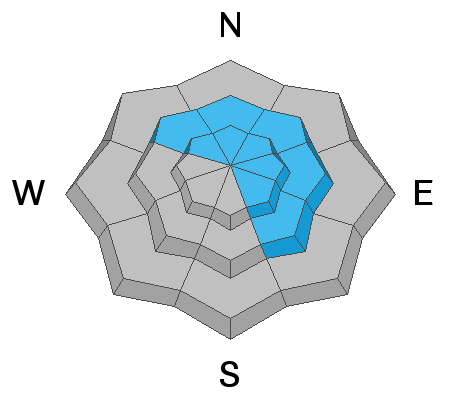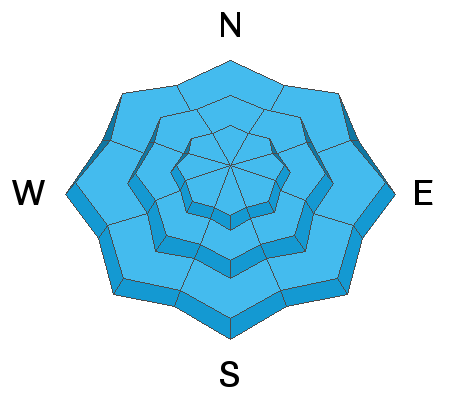Avalanche Warning
THE AVALANCHE DANGER IS HIGH WITH DANGEROUS AVALANCHE CONDITIONS. FROM 6 AM MST THIS MORNING TO 6 AM MST MONDAY.
FOR THE MOUNTAINS OF MUCH OF THE STATE OF UTAH, INCLUDING THE WASATCH RANGE...BEAR RIVER RANGE...UINTA MOUNTAINS...AND THE MANTI-SKYLINE.
RECENT HEAVY SNOW COMBINED WITH STRONG WINDS WILL CREATE WIDESPREAD AREAS OF UNSTABLE SNOW. BOTH HUMAN TRIGGERED AND NATURAL AVALANCHES ARE LIKELY. STAY OFF OF AND OUT FROM UNDER SLOPES STEEPER THAN 30 DEGREES.
Avalanche conditions are very dangerous, and I am worried about an accident happening this week. The outlook for safer conditions in the near future is good, but for now, please ask your friends and riding partners to be patient and not let powder fever lure them into avalanche terrain.
When we look at accidents, this winter's weather pattern matches what we see time and time again. Early season snow (October & early November) followed by a dry period (November and first week of December) that weakens the snowpack followed by a stormy period that builds a slab and adds stress to the weak layers underneath.
There has been a lot of snow falling over the last several days, but there was a break yesterday and no snow has accumulated in the last 24 hours; however, snowfall started again around 5 a.m. with an inch accumulating. The 3-day total has been 2-3 inches of
snow water equivalent which equates to 2-3 feet of snow.
THIS IS A VERY BIG LOAD on the snowpack with more coming.
Winds shifted overnight and began blowing from the south at 35-60 mph. Temperatures this morning range from the mid 20s to upper teens F.
Today, a cold front should pass over the area this morning between 7 and 9 a.m. Snowfall should be heavy for several hours and produce 6-10 inches in the mountains. Temperatures will drop and be in the upper single digits F by this afternoon. Very strong winds from the south will continue blowing up to 60 mph and slowly shift direction blowing from the southwest and eventually from the west.
Looking ahead, more snow falls on Monday, with a break Tuesday & Wednesday. Snowfall returns Thursday & Friday.
The skiing and riding have improved dramatically. Even though it doesn't look like it from the valley where rain has been falling, the mountains have 3-4 feet of supportable snow on the ground now.
There were no avalanches reported yesterday, but that doesn't mean there weren't any because clouds and snowfall have made it hard to see many slide paths. A group of riders I spoke with at the Birch Creek TH near Preston reported experiencing many collapses on Friday which is the EXACT same thing as seeing an avalanche except the slope wasn't steep enough to slide.
A group in
Gibson Basin on Friday experienced shooting cracks, another clear sign of unstable conditions.
Check
HERE for all the latest observations and avalanche activity.

